3D prints can take to the skies in many forms: as RC models, drones, or even as parts of real aircraft. However, today we are going to talk about something completely different.
Dusan Rak is a biologist and one of the founders of the Anitra System company. They specialize in technological solutions for animal tracking (so-called telemetry). Their main products are GPS loggers for monitoring birds and other animals. These devices are able to send data via mobile phone networks anywhere in the world, mapping even the vast distances migratory birds travel during each of their migrating seasons.
There are different shapes and designs, depending on the size and behavioral characteristics of the particular bird species. Some devices fit into rings worn on legs, others look like little backpacks strapped to birds’ backs. Most are powered by solar panels, although loggers for some reclusive or nocturnal species (like owls) have to use a limited non-rechargeable battery instead.
Dusan and his colleagues are developing and testing new designs all the time, in cooperation with several animal rescue centers. With the help of 3D-printed prototypes, all design changes can be made very quickly and inexpensively. 3D prints are used for some limited manufacturing series as well, however, most of the final designs are manufactured of injection plastic, which is lighter and usually offers better accuracy and impermeability. This is a pretty typical workflow: 3D printing shines in the development and limited series phase, then passes the baton to a different manufacturing method.
Of all filament materials they tried at the Anitra System, ASA has proven to be the most suitable. Dusan explains: “Compared to some other more advanced materials (like polycarbonate), it is both easier to print and to glue together, using a mixture of acetone with dissolved plastic. ASA is tough, weather and UV-resistant, and what is very important in this field of application, lightweight.”
Unlike loggers Anitra System makes for lynxes, deer, etc., the bird devices obviously have to be as light as possible, so they don’t present a burden for the animal. The guideline widely agreed upon in the ornithological community is that the device shouldn’t be heavier than 3% of the bird’s weight. This is not very limiting for devices for larger birds, for example, a stork’s logger is much below this threshold, but can be challenging (or impossible) for smaller songbirds. All the electronics and battery weight can be pushed down to a 10 grams minimum. That means these loggers can be used on any bird larger than, for example, a common kestrel.
Apart from the GPS tracker, the device includes some other measuring instruments, like a thermometer, barometer, gyroscope, etc. The combination of these can give a quite complex picture of the bird’s life, how active is during the day, etc. Anitra System also provides the associated software.
When analyzing the data over a longer period of time, ornithologists can identify migration bottlenecks (places through which the majority of the species population travels) and possible sources of danger for the birds. It is no secret that many migratory species are hunted either for meat or for fun in countries along their migration routes. Therefore, the main motive of this research is to develop better means of wildlife protection.
Website: anitracking.com
If you are interested in some of the projects Anitra participates in, or in the topic of bird migration in general, check out some of these links:
More on peregrine falcons in Prague (one of the falcons is shown in our video).
National Geographic bird migration interactive maps.
Interactive maps of particular bird species occurrence in Europe.






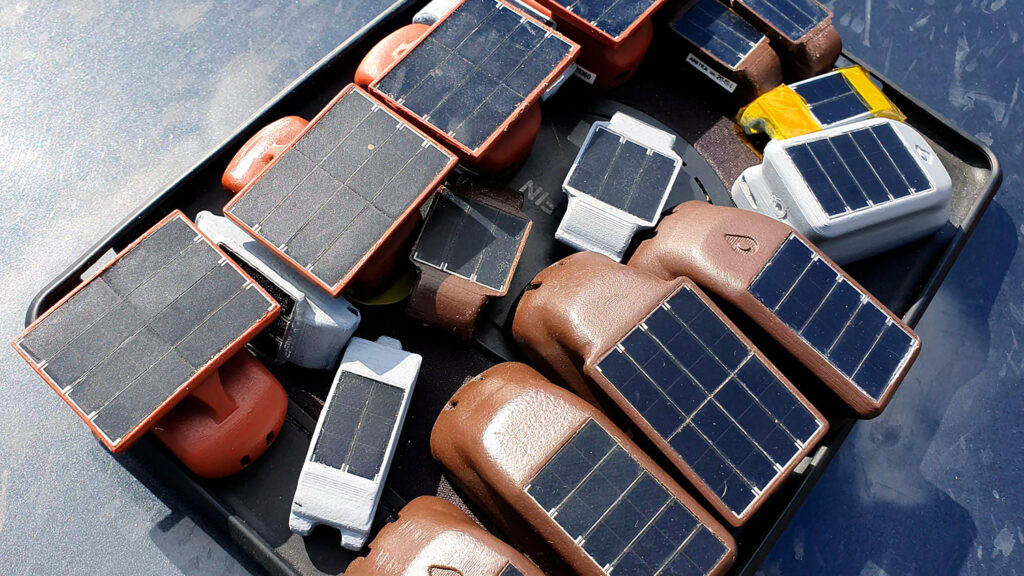
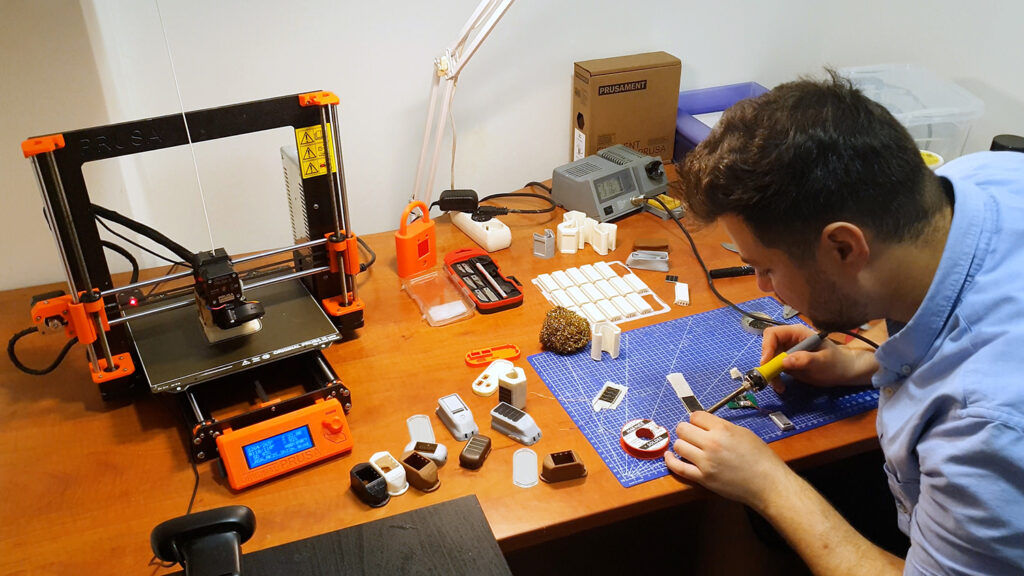
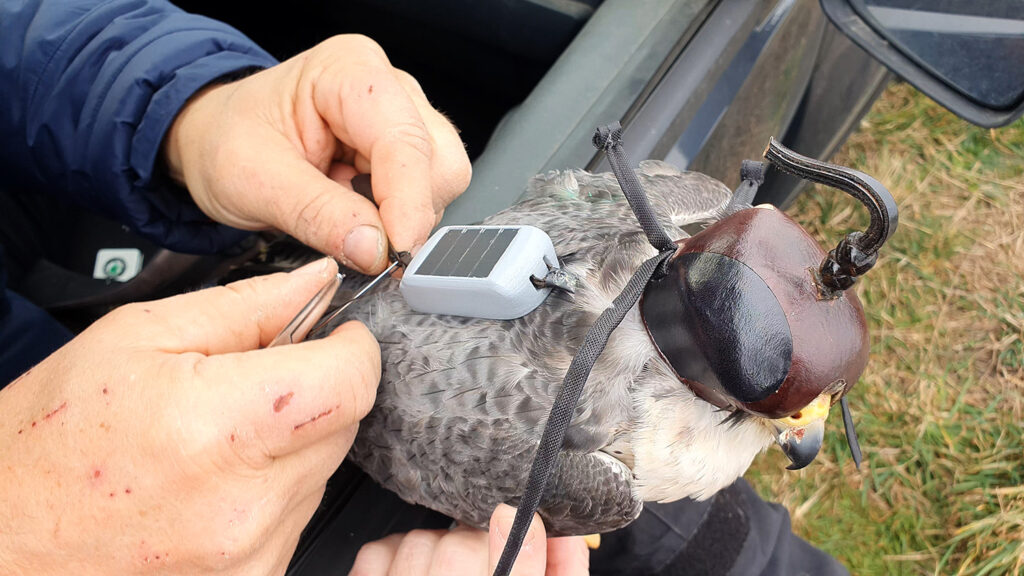
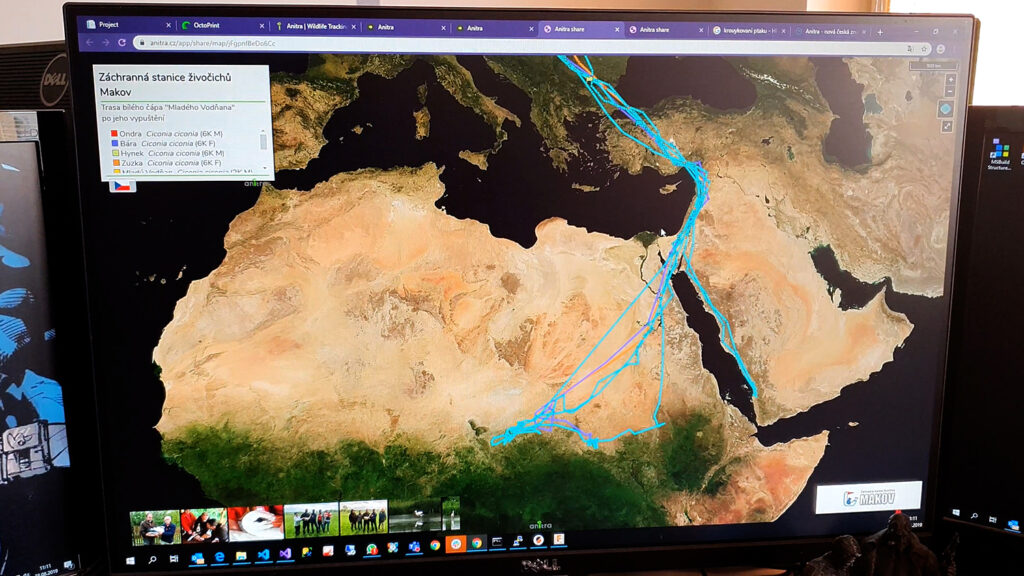
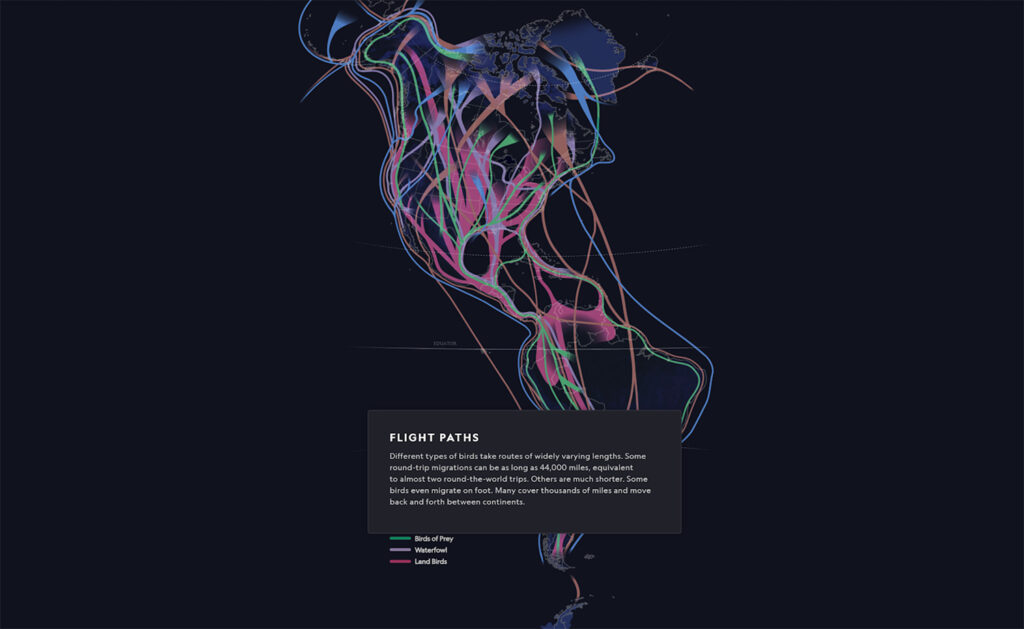
I have a Problem to upgrade my i3 MK3!
Cant upgrade the Firmware to 3.9.3?
Can you give me a little help?
Thank
Alpteking
Hi Alpteking,
please see our article: https://help.prusa3d.com/en/article/firmware-updating-mk3s-mk3s-mk3_2227
or contact aur tech support https://help.prusa3d.com/en/article/customer-support_2287
Thank you,
Jakub
Many people now have a problem with finding a quality vacation. Because this is really not easy, as a kind of choice and a great but afraid to miss and then regret that I chose this or that place. Because there is a great resource tripbirdie , where you can read just the same about where and how best to choose a vacation. I, for example, that is how to decide, so if it is interesting to extremely recommend reading it.
Each of us periodically needs the help of specialists, and it is important that it is a really high-quality service.